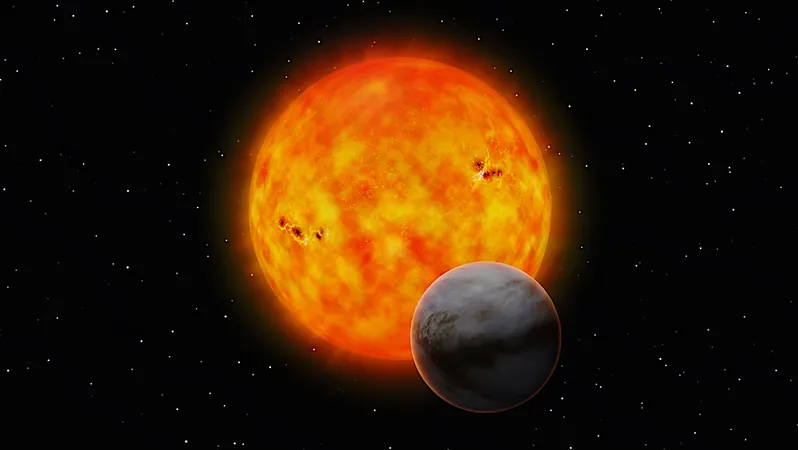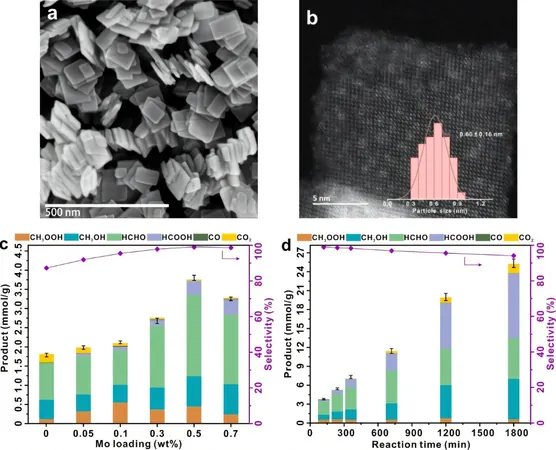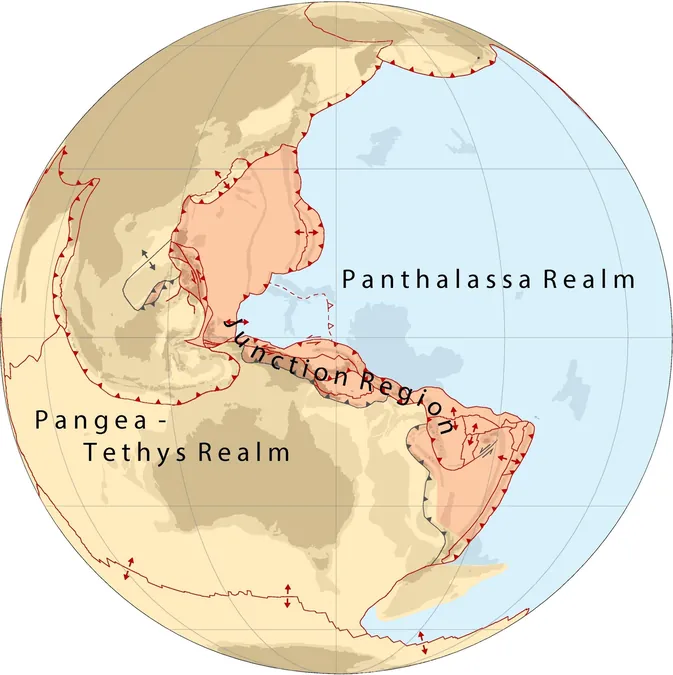
Groundbreaking Discoveries: GJ 1214 b Revealed as Potential 'Super-Venus'
2025-01-20
Author: Sophie
Groundbreaking Discoveries: GJ 1214 b Revealed as Potential 'Super-Venus'
Recent findings from the James Webb Space Telescope have unveiled tantalizing new insights into a unique class of exoplanets, adding to our understanding of planetary formation beyond our Solar System. Researchers have identified a distinct type of planet previously unknown within our cosmic neighborhood, igniting excitement among astronomers and planetary scientists alike.
With more than 5,000 confirmed exoplanets orbiting stars far beyond our own, many defy categorization when compared to our familiar Solar System neighbors. Among these diverse worlds, a notable group falls between the size of Earth and Neptune, sparking debates among scientists about their true nature. Are they Earth-like rocky planets enveloped by thick, hydrogen-rich atmospheres? Or are they more akin to Neptune, icy worlds cloaked in water-rich atmospheres, often referred to as "water worlds"?
Historically, probes into these intriguing exoplanets have been complicated by dense cloud layers, which obscure atmospheric analysis. However, an international research team spearheaded by Dr. Everett Schlawin from the University of Arizona and Dr. Kazumasa Ohno from the National Astronomical Observatory of Japan successfully utilized the James Webb Space Telescope to penetrate the atmospheric shrouds of a prime candidate for study: GJ 1214 b.
Located a mere 48 light-years away in the constellation Ophiuchus, GJ 1214 b offers an accessible opportunity for exploration. Contrary to expectations of a hydrogen-dominated super-Earth or a traditional water world, this groundbreaking research has unveiled surprising concentrations of carbon dioxide (CO2) in its atmosphere, suggesting that GJ 1214 b could be understood as a "super-Venus."
Dr. Ohno admits there are still uncertainties around the data collected, emphasizing the minute CO2 signal detected, which required rigorous statistical analysis to confirm its authenticity. The analogies used by researchers reflect the challenges; for instance, Schlawin likens sifting through these data to discerning a subtle change in the pages of a classic novel.
The team’s theoretical models of GJ 1214 b's atmosphere predominantly indicate a carbon-dominated environment, potentially positioning this exoplanet as one of the most fascinating candidates for understanding planetary atmospheres beyond our Solar System. However, the current atmospheric signature remains faint and sporadic, demanding further investigation to ascertain the true nature of GJ 1214 b.
The implications of this study are profound, not only reshaping our understanding of Neptune-sized exoplanets but also paving the way for future explorations into their intricate atmospheres. As researchers aim for comprehensive analyses, the search for new worlds and their secrets continues—who knows what discoveries lie ahead? Keep your telescopes ready, as the mysteries of the universe await deciphering!
Stay tuned for updates on this research, as the findings continue to be refined and explored in the ongoing quest of unraveling our universe's vast complexity.









 Brasil (PT)
Brasil (PT)
 Canada (EN)
Canada (EN)
 Chile (ES)
Chile (ES)
 Česko (CS)
Česko (CS)
 대한민국 (KO)
대한민국 (KO)
 España (ES)
España (ES)
 France (FR)
France (FR)
 Hong Kong (EN)
Hong Kong (EN)
 Italia (IT)
Italia (IT)
 日本 (JA)
日本 (JA)
 Magyarország (HU)
Magyarország (HU)
 Norge (NO)
Norge (NO)
 Polska (PL)
Polska (PL)
 Schweiz (DE)
Schweiz (DE)
 Singapore (EN)
Singapore (EN)
 Sverige (SV)
Sverige (SV)
 Suomi (FI)
Suomi (FI)
 Türkiye (TR)
Türkiye (TR)
 الإمارات العربية المتحدة (AR)
الإمارات العربية المتحدة (AR)